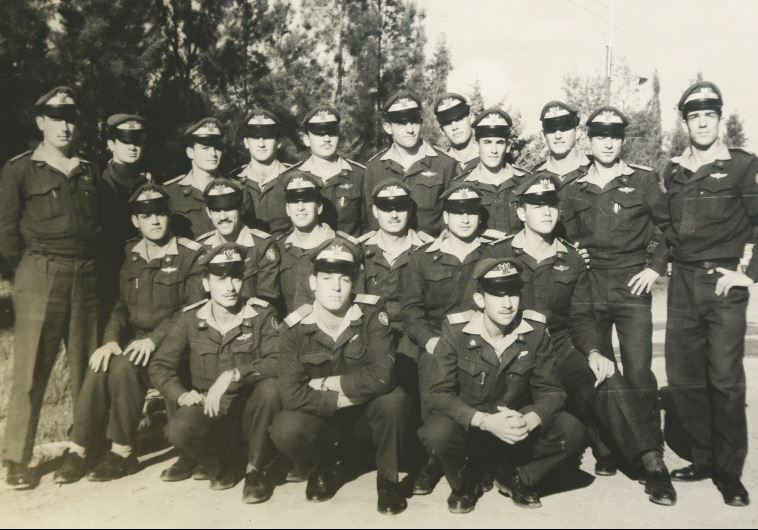The most famous Israeli fighter pilot you’ve never heard of
Asher Snir achieved preeminence as an IAF combat pilot and could well have reached the top had he not died 30 years ago this week.
 Asher Snir (top row, fourth from right) as a flight-school cadet circa 1962(photo credit: COURTESY ISRAEL AIR FORCE MAGAZINE)Updated:
Asher Snir (top row, fourth from right) as a flight-school cadet circa 1962(photo credit: COURTESY ISRAEL AIR FORCE MAGAZINE)Updated: